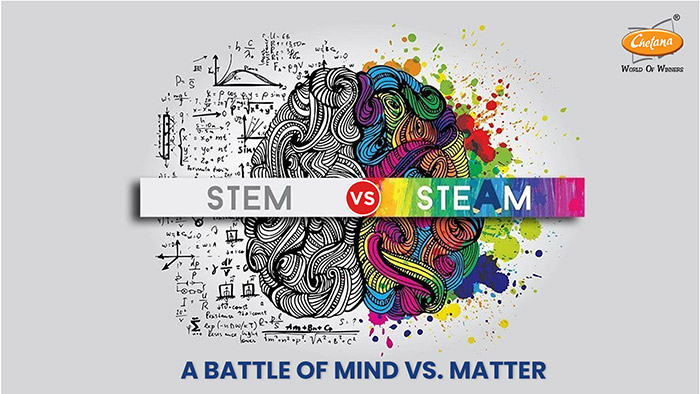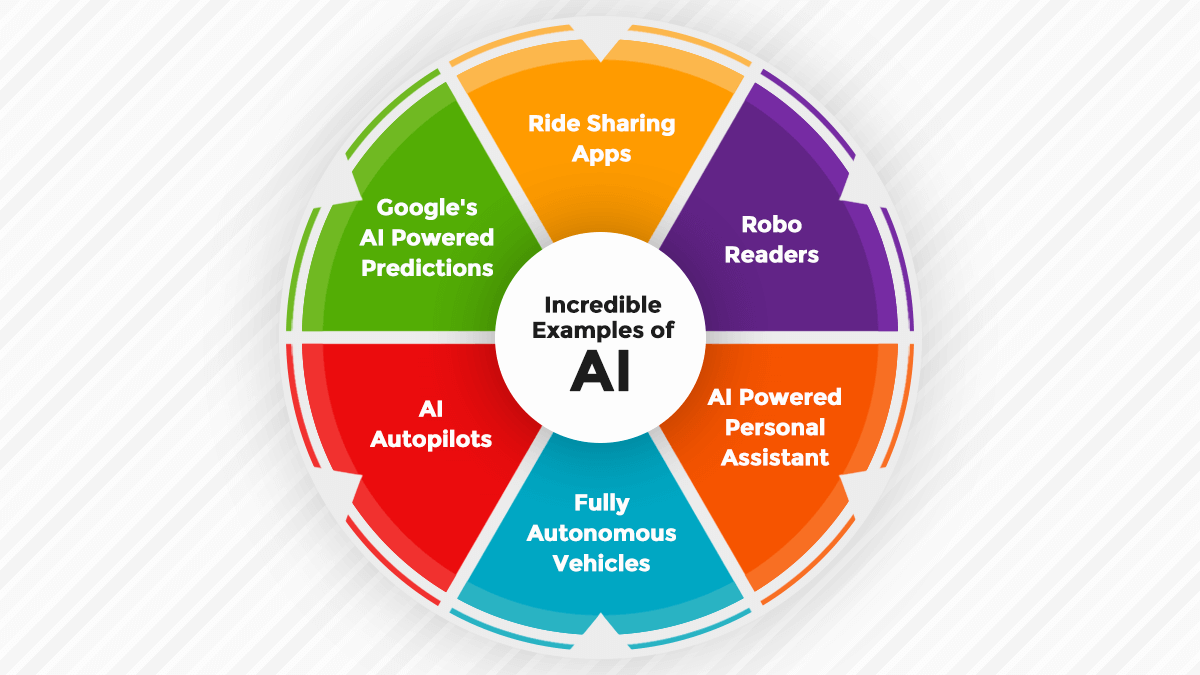
Introduction to STEM and STEAM Education
In today’s rapidly evolving world, education is no longer just about rote memorization and traditional teaching methods. As fields like technology, engineering, and the arts become increasingly intertwined, parents and educators are faced with a crucial decision: Should they lean toward STEM or embrace STEAM? Both approaches aim to equip young minds with essential skills for the future. However, they differ in significant ways that affect how students learn and engage with their environment. Let’s dive into the fascinating landscape of STEM versus STEAM education to uncover their key differences!

What is STEM Education?
STEM education focuses on four core disciplines: science, technology, engineering, and mathematics. It aims to equip students with critical skills needed for the modern workforce.
Through hands-on learning experiences, STEM encourages problem-solving and analytical thinking. Students engage in projects that challenge their creativity while applying mathematical concepts and scientific principles.
Curricula often integrate real-world scenarios to make lessons relatable and applicable. This approach fosters a sense of curiosity among learners.
Teachers act as facilitators rather than traditional lecturers. They guide students through inquiry-based activities that spark interest in complex subjects.
With an emphasis on collaboration, students often work in teams to tackle challenges together. This not only builds technical knowledge but also essential soft skills like communication and teamwork.
As industries increasingly rely on technological advancements, understanding STEM is crucial for future job prospects.
What is STEAM Education?
STEAM education expands on the traditional STEM approach by integrating the arts into science, technology, engineering, and mathematics. This holistic model encourages creativity alongside analytical thinking.
Incorporating disciplines like visual arts, music, and performing arts allows students to explore concepts more deeply. It fosters innovation through creative problem-solving techniques.
Students engage with projects that blend technical skills with artistic expression. For instance, a robotics project may include elements of design or storytelling.
This fusion not only makes learning more enjoyable but also prepares individuals for diverse career paths. Employers increasingly seek those who can innovate while considering aesthetic aspects in their work.
By promoting collaboration across different fields, STEAM cultivates adaptable thinkers ready to tackle complex real-world problems. It’s about nurturing well-rounded individuals equipped for future challenges in an interconnected world.
Pros and Cons of STEM and STEAM Education
STEM education offers a strong foundation in science, technology, engineering, and mathematics. It prepares students for high-demand careers. The focus on analytical skills can lead to excellent job prospects.
However, some argue that this approach may lack creativity. Students might miss out on developing their artistic abilities. This could hinder innovative thinking in problem-solving scenarios.
On the other hand, STEAM education incorporates art into the mix. This addition fosters creativity alongside technical skills. Students learn to think outside the box and engage more deeply with concepts.
Yet, implementing STEAM can be challenging due to its broader scope. Resources may become strained as schools strive for balance between disciplines. Finding qualified educators who excel in both arts and sciences is also tricky.
Both approaches have distinct advantages and challenges worth considering based on individual learning styles and goals.
The Importance of Integrating Art in STEM
Art transforms STEM into STEAM by adding creativity to the equation. This integration fosters innovative thinking, which is essential in problem-solving.
When students engage with art, they learn to express ideas visually and conceptually. This skill enhances their ability to communicate complex scientific or mathematical concepts clearly.
Moreover, creativity stimulates curiosity. Students who explore artistic methods can approach challenges from different angles. They are more likely to experiment and take risks in their projects.
Collaboration also flourishes when art enters the mix. Working on creative tasks often requires teamwork, allowing students to share diverse perspectives and build interpersonal skills.
Incorporating art enriches the educational experience, making learning more dynamic and enjoyable for all involved. It broadens horizons beyond traditional boundaries of science and technology.
Real-World Applications and Examples
STEM education has paved the way for remarkable innovations in various fields. Take the tech industry, where coding and robotics are at the forefront of hiring trends. Students skilled in these areas often find themselves landing lucrative jobs.
In healthcare, STEM principles guide breakthroughs like telemedicine and wearable devices that monitor health metrics. These advancements directly impact patient care and accessibility.
On the other hand, STEAM adds an artistic dimension to real-world applications. Consider design thinking in product development or architecture. It emphasizes creativity alongside functionality, resulting in user-friendly designs.
Environmental projects also benefit from this blended approach. Artists collaborate with scientists to create awareness campaigns about climate change. This fusion not only educates but engages communities effectively.
From classroom concepts to tangible outcomes, both STEM and STEAM offer pathways that shape our world today and tomorrow through innovative solutions across sectors.

Choosing the Right Educational Approach for Your Child
Choosing the right educational approach for your child can be challenging. Each child has unique interests and learning styles, making it essential to consider their individual needs.
If your child thrives in creative environments, STEAM might be the better fit. The incorporation of arts encourages imagination alongside technical skills. This holistic approach helps children express themselves while developing critical thinking abilities.
On the other hand, if they lean more towards logic and analytical subjects, STEM could be more beneficial. A strong foundation in science, technology, engineering, and math prepares them for a variety of careers.
Consider visiting schools or programs that offer both methodologies. Observe how students engage with the material. Speak with educators about their teaching philosophies as well; this insight can guide you in making an informed decision that aligns with your child’s aspirations and strengths.
Conclusion
Education is evolving, and so are the approaches that shape our children’s future. The debate between STEM and STEAM education continues to grow, with each offering unique benefits. While STEM emphasizes science, technology, engineering, and mathematics as core subjects, incorporating art into this framework through STEAM enriches learning experiences.
The integration of creative thinking fosters innovation—a critical skill in today’s world. Parents need to weigh their child’s interests and strengths when choosing an educational path. By understanding the key differences between STEM and STEAM education, you can make informed decisions that align with your child’s needs.
Whether you lean towards a more traditional approach or one that embraces creativity alongside technical skills will ultimately impact how your child engages with the world around them. Emphasizing both logic and artistry may just be the solution for nurturing well-rounded individuals ready to tackle tomorrow’s challenges head-on.



Leave a Reply